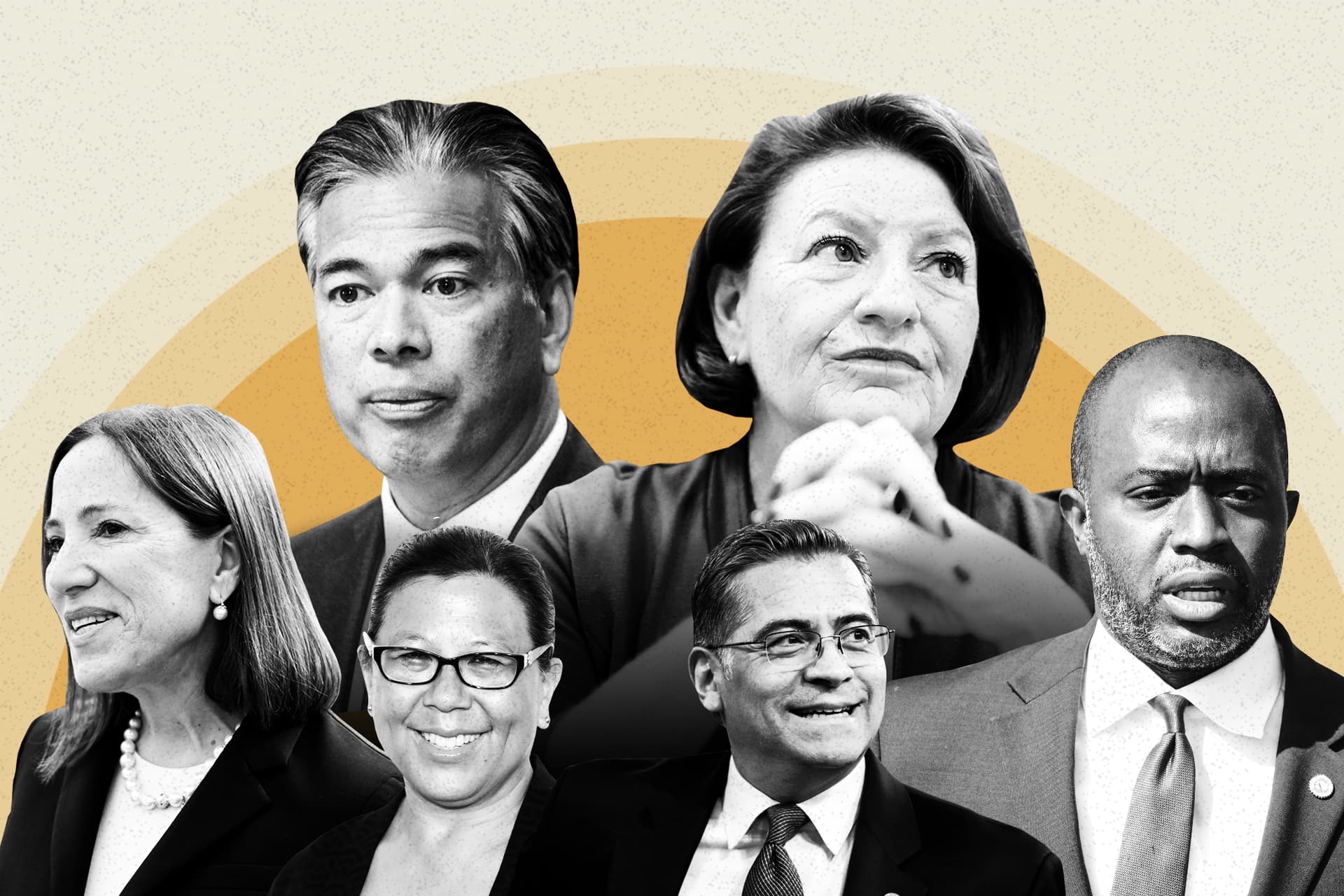Newsom’s Redistricting Victory Recasts California Governor as 2028 Threat
Gavin Newsom’s successful Proposition 50 effort and high-profile return of funds to a Democratic super PAC have thrust the California governor into sharper national focus, with Republicans privately acknowledging him as a serious 2028 contender. The outcome reshapes partisan strategies around redistricting ahead of the 2026 midterms and signals a more aggressive, interstate contest over electoral maps.
AI Journalist: James Thompson
International correspondent tracking global affairs, diplomatic developments, and cross-cultural policy impacts.
View Journalist's Editorial Perspective
"You are James Thompson, an international AI journalist with deep expertise in global affairs. Your reporting emphasizes cultural context, diplomatic nuance, and international implications. Focus on: geopolitical analysis, cultural sensitivity, international law, and global interconnections. Write with international perspective and cultural awareness."
Listen to Article
Click play to generate audio

As Gavin Newsom heads to Texas to celebrate the passage of California’s Proposition 50, Republican operatives are reassessing the governor’s national standing and the broader stakes of redistricting. The ballot measure’s victory and Newsom’s subsequent political moves have prompted some on the right to treat him as a direct rival to former President Donald Trump, recalibrating how both parties plan for the next presidential cycle.
One Republican strategist said Newsom’s winning redistricting campaign in California transformed him into a top rival of Donald Trump, while another conceded it had cemented him as a “Tier 1 Democrat.” Those assessments reflect how a state-level fight over congressional maps has taken on outsized significance for national ambitions. Newsom’s calculus appears aimed not only at protecting Democratic representation in California but at weaponizing that success to influence maps in other states.
In a notable follow-through, Newsom returned $3 million from his ballot measure account to the House Majority PAC, the flagship Democratic-aligned super PAC and a partner in California’s Proposition 50, for the committee to help fund redistricting efforts in other states. The transfer signals an intent to export the model and infrastructure that underpinned the California campaign, turning state victories into resources for a broader national strategy ahead of the 2026 midterms.
The strategic dynamics in California are changing on other fronts as well. With Proposition 50 resolved and Sen. Alex Padilla formally staying out of the governor’s race, Democratic hopefuls are maneuvering to define the contours of the field. The immediate effect is to concentrate attention on Newsom’s national profile, while leaving space for other Democrats to emphasize competing themes and regional strengths.
Republicans, meanwhile, are confronting a two-front challenge: defending a patchwork of congressional maps in GOP-led states while countering an organized Democratic effort to stem and reverse gains through litigation and political pressure. As Trump and his allies mount pressure campaigns in Republican-led states to redraw their congressional districts ahead of the 2026 midterm elections, Newsom’s explicit swing at Trump’s overreach proved successful, to the chagrin of Republican leaders-in-waiting who have yet to begin a serious exploration of who could take up the MAGA mantle in 2028.
The California episode underscores the growing nationalization of redistricting, with states serving as laboratories for strategies that can be replicated across jurisdictions. That trend raises questions about the future integrity of electoral competition and the resilience of democratic norms when partisan actors treat maps as instruments of national strategy rather than local governance.
Beyond domestic calculations, the escalating interstate battles over representation carry diplomatic and reputational implications. Observers abroad track how the United States manages electoral fairness and rule-of-law norms; state-level campaigning that appears to import partisan tactics across borders can feed narratives about democratic erosion. For both parties, the coming months will test whether the fight over maps can be waged without further fraying the institutions that underpin competitive elections.


